Fascinating facts about the early days of television
Television, a staple of modern life, had humble beginnings. The early days were marked by experimentation and innovation, as scientists and inventors tinkered with technology to bring moving images into homes.
It was a time of excitement and curiosity, with society eager to see just what this new medium could achieve. As TV sets became more common, they quickly transformed from novelties into necessities, forever changing the way people consumed information and entertainment.
The Birth of Television: A Technological Marvel
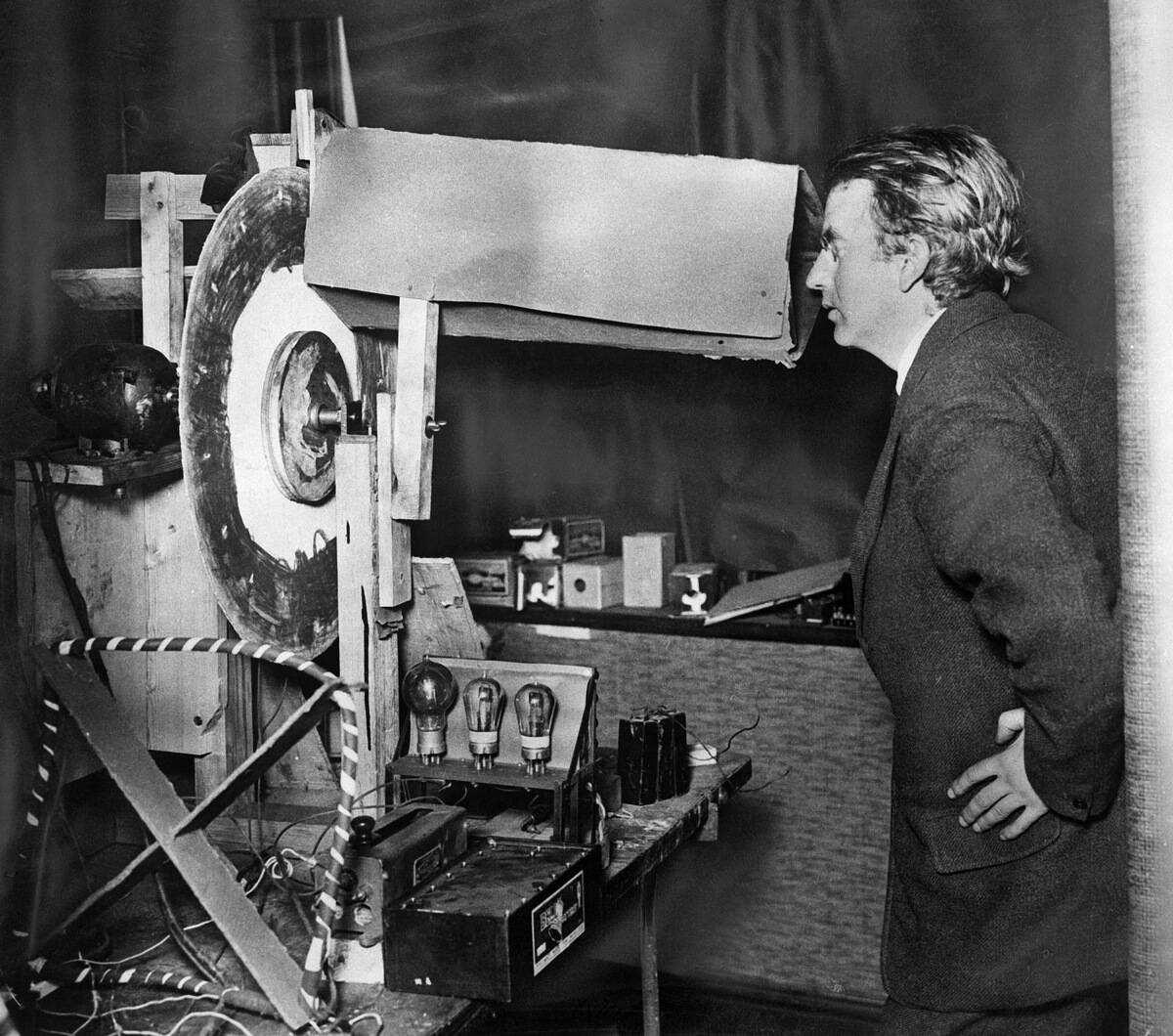
The birth of television was nothing short of a technological marvel. It was in the late 1920s and early 1930s that key developments occurred, setting the stage for the first broadcasts. Figures like John Logie Baird and Philo Farnsworth made significant contributions, with Baird demonstrating the first working television system in 1926.
These pioneering efforts laid the groundwork for a new era, as radio waves were harnessed to deliver visual content, captivating audiences worldwide.
The Pioneers: Inventors Who Made TV Possible
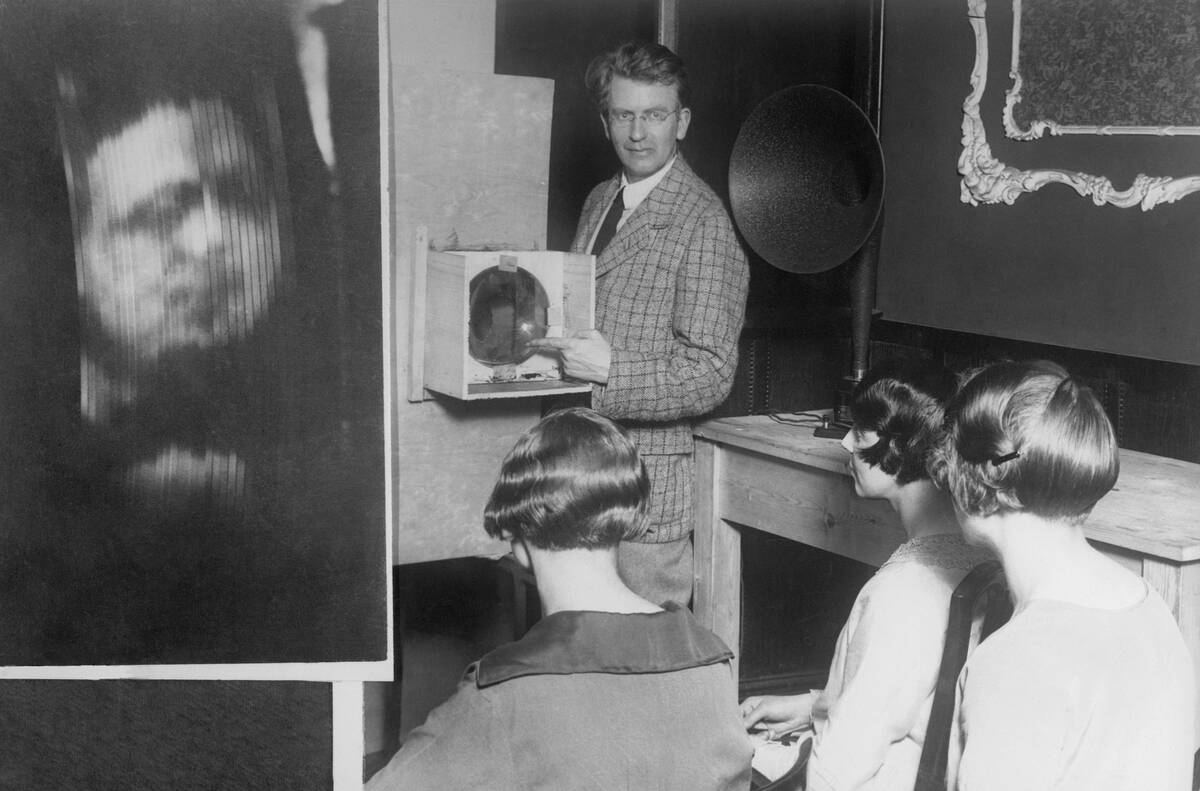
The road to television as we know it was paved by brilliant minds. Philo Farnsworth, an American inventor, is often credited with inventing the first fully electronic television system.
Meanwhile, John Logie Baird, a Scotsman, made strides with the first public demonstration of a working TV system. These inventors, along with others like Charles Francis Jenkins, pushed the boundaries of existing technology, turning science fiction into reality with their ground-breaking work.
The First Television Broadcast: A Historic Moment

The first television broadcast was a historic moment that signaled the dawn of a new era. On January 13, 1928, RCA’s NBC network made a significant leap by airing the first public demonstration of TV in the United States.
This broadcast included a variety of clips, showcasing the technology’s potential. It was a pivotal event that captured the public’s imagination and set the stage for television to become an integral part of daily life.
The Evolution of TV Screens: From Tiny to Tremendous

TV screens have undergone a remarkable transformation since their inception. The earliest models featured screens measuring just a few inches across, encased in bulky wooden cabinets. Over time, advancements in technology allowed for larger, clearer displays.
The introduction of flat screens and high-definition technology in the late 20th century revolutionized the viewing experience, making it more immersive. Today, screens can be as large as entire walls, delivering crystal-clear images and vibrant colors.
Black and White Era: When Color Was Just a Dream

The early years of television were dominated by black and white images. While color TV was a dream for many, it wasn’t until the 1950s that it became a reality. Initially, color broadcasts were limited due to the high cost and technical challenges involved.
However, as technology advanced, color TV sets became more affordable, and by the 1960s, color broadcasts were commonplace. This shift added a new dimension to viewing, enhancing the appeal of television.
The Iconic Test Patterns: A Trip Down Memory Lane
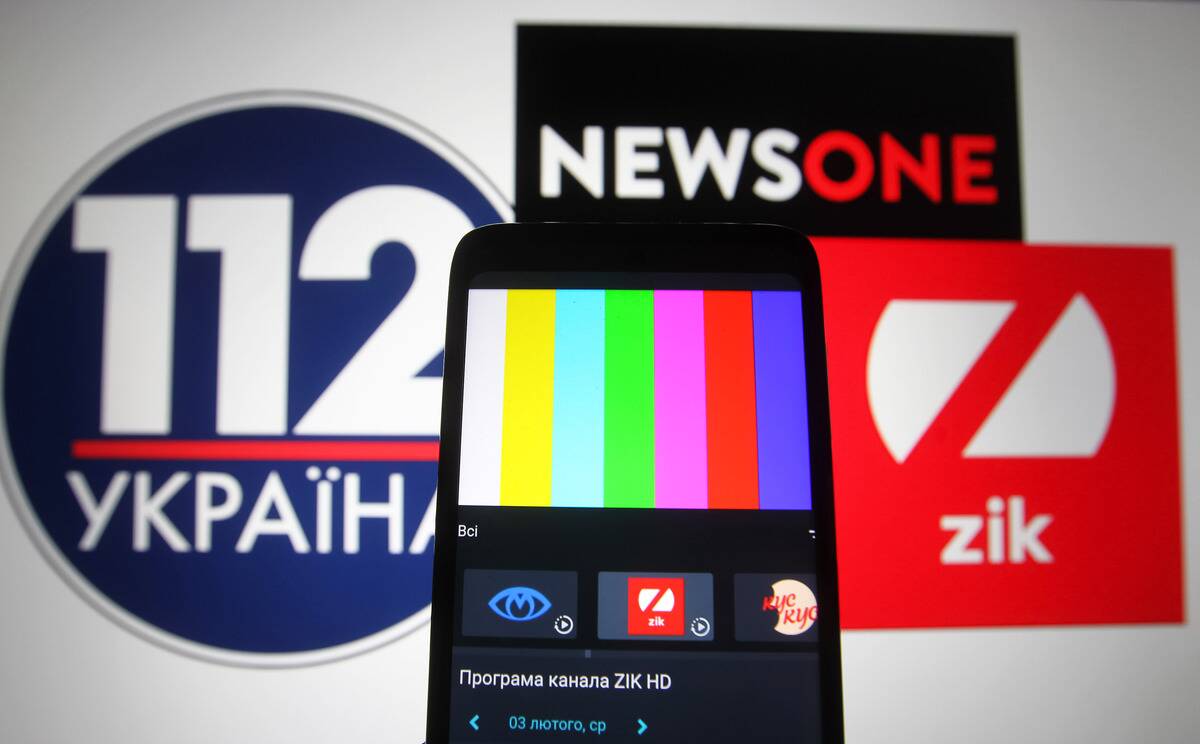
Test patterns were a familiar sight for early TV viewers, serving as a nostalgic reminder of television’s past. These patterns, often featuring geometric shapes and a central Indian-head symbol, were used to calibrate and align TV sets for optimal picture quality.
They played a crucial role in the era of analog broadcasting, ensuring that viewers received clear images. Today, test patterns have become a relic of history, replaced by digital signals and automated calibration.
Early TV Programming: A Peek into the Past
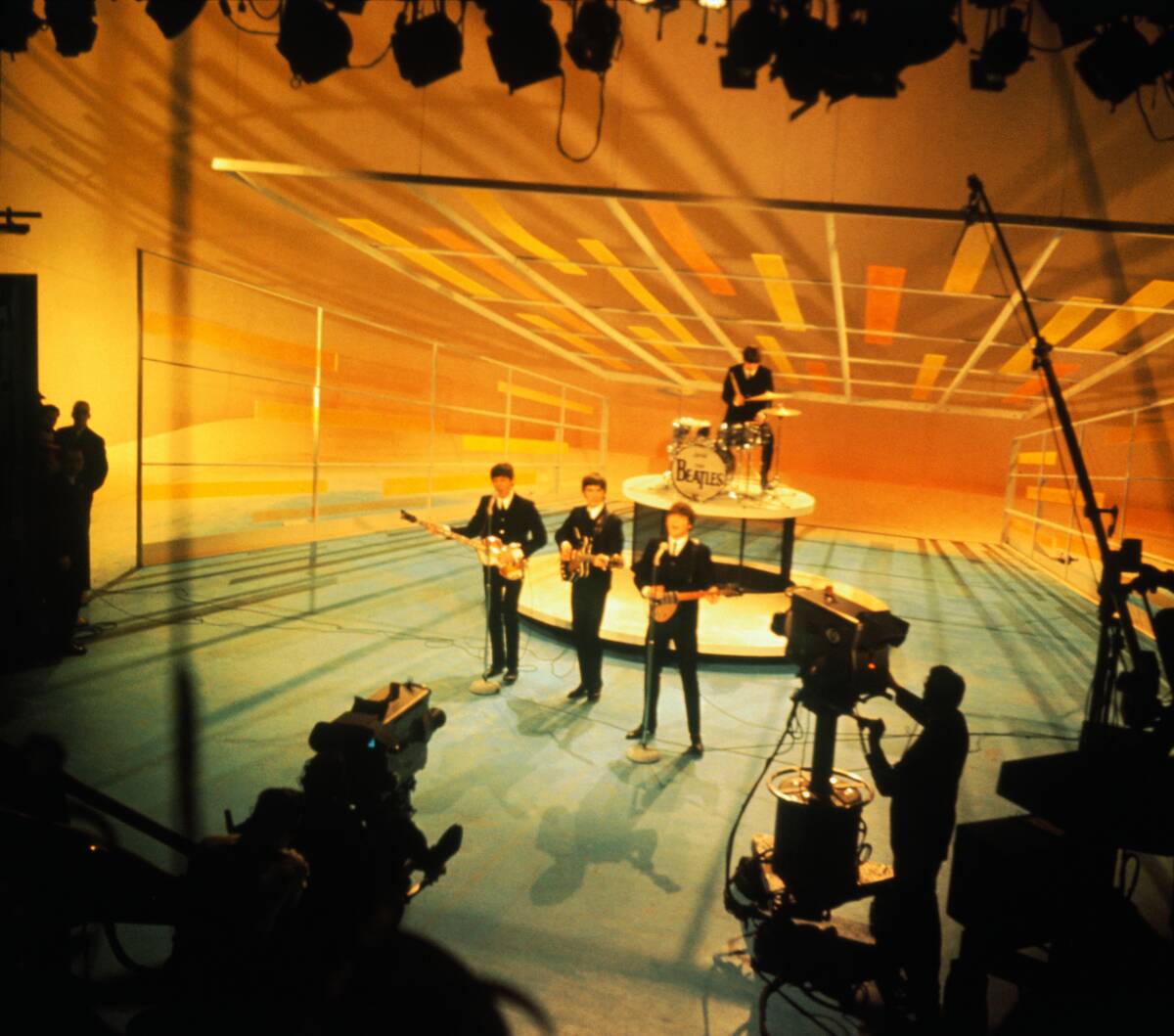
In the early days, TV programming was a mix of variety shows, news broadcasts, and live events. Programs like “The Texaco Star Theatre” and “The Ed Sullivan Show” entertained millions, while news programs provided essential updates.
These shows laid the groundwork for modern programming, setting high standards for quality and creativity. The limited number of channels also meant that families often gathered around the TV, making viewing a communal experience.
The Rise of TV Stars: From Unknowns to Icons
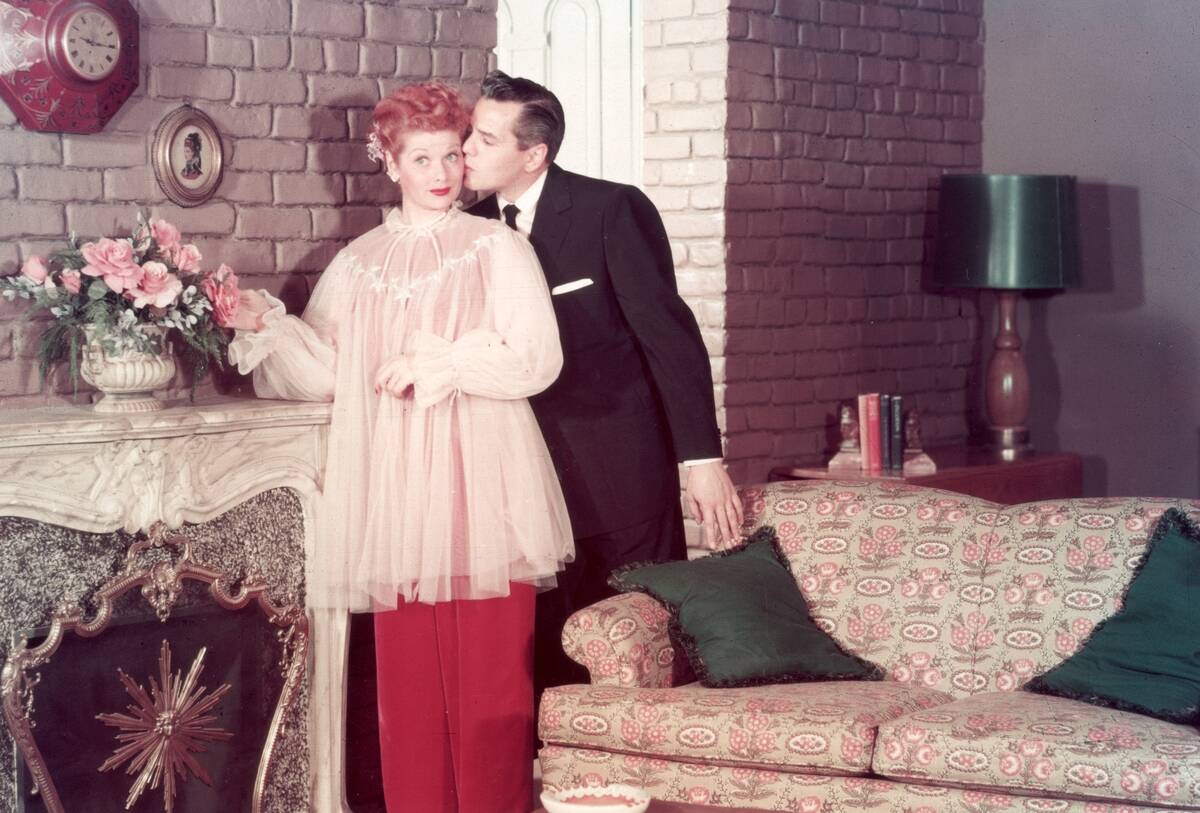
Television provided a platform for many unknown talents to rise to stardom. Icons like Lucille Ball, known for “I Love Lucy,” became household names, her comedic talent captivating audiences nationwide.
TV offered a new kind of fame, distinct from film and radio, allowing stars to enter homes on a regular basis. This newfound celebrity status transformed the entertainment industry, paving the way for future generations of TV stars.
The Role of Live Broadcasts: Capturing Real-Time Magic

Live broadcasts were a cornerstone of early television, capturing the magic of real-time events. From presidential addresses to live sports, these broadcasts brought viewers closer to the action.
The immediacy of live TV created a sense of shared experience, uniting audiences as they watched events unfold. Although recorded programming is now the norm, the thrill of live television endures, delivering unscripted moments that can’t be replicated.
Advertisement’s Golden Age: The Birth of Commercials

The golden age of television also marked the birth of commercials, changing the advertising landscape forever. Companies quickly recognized TV’s potential, crafting catchy jingles and memorable slogans to reach mass audiences.
Iconic ads, like the “I Love Lucy” cigarette commercials, became cultural touchstones. This era established TV as a powerful marketing tool, influencing consumer behavior and shaping advertising strategies that continue to evolve today.
Television and Politics: Changing the Face of Campaigns

Television revolutionized political campaigns, providing candidates with a direct line to voters. The first televised presidential debate in 1960 between Kennedy and Nixon highlighted TV’s impact, with Kennedy’s charismatic on-screen presence swaying public opinion.
This new medium allowed politicians to craft their image and message with unprecedented reach, forever altering the dynamics of political communication. Today, TV remains a crucial platform for political discourse, shaping the electoral process.
The Cultural Impact of TV: Uniting Households
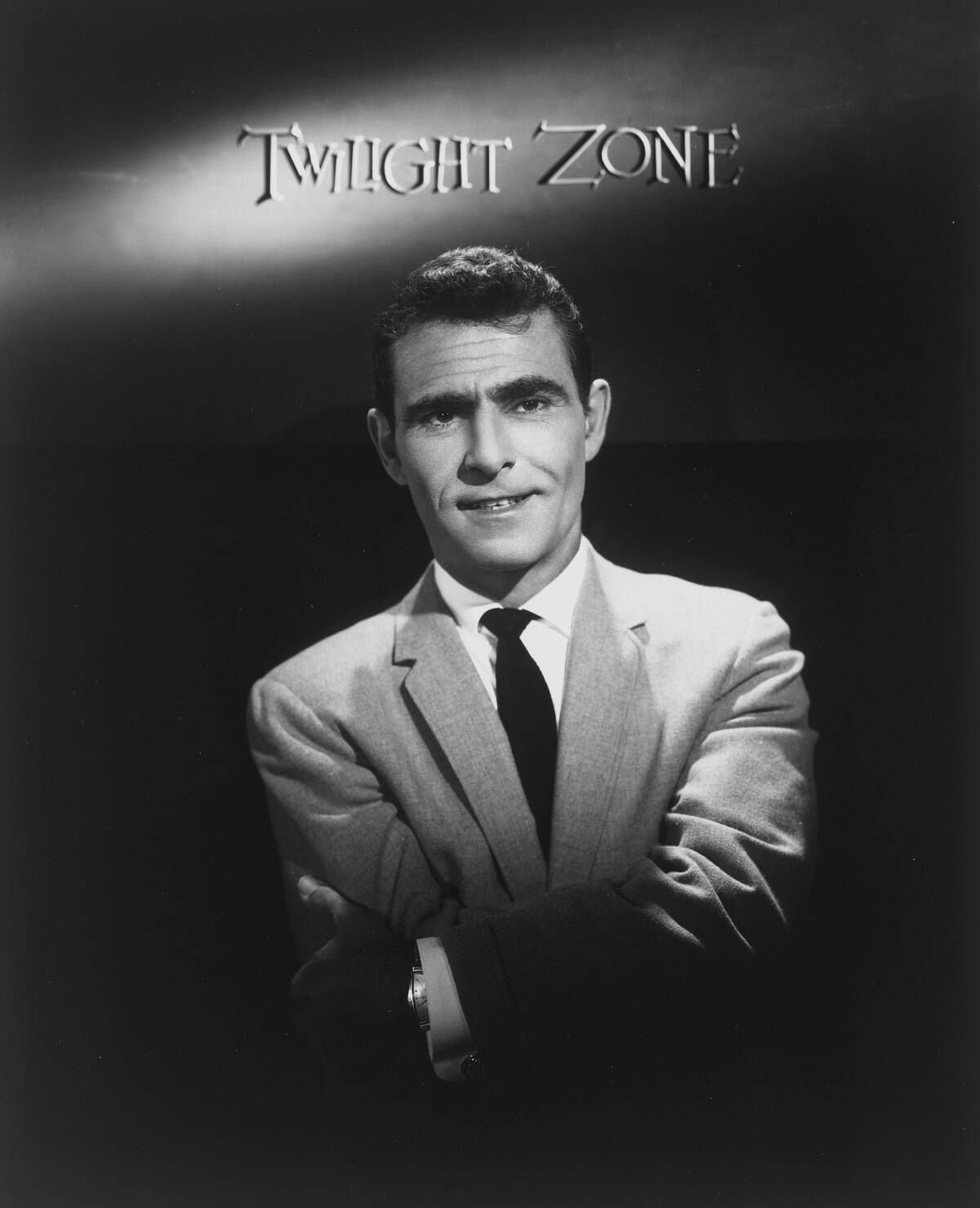
Television’s cultural impact is profound, bringing people together across different backgrounds. In its early years, families would gather around the TV, sharing experiences and discussions sparked by what they watched.
Shows like “The Twilight Zone” and “The Honeymooners” became part of the cultural fabric, influencing societal norms and conversations. TV has the power to unite households, providing common ground for entertainment and reflection in an increasingly diverse world.
The Dawn of Children’s Television: Entertaining the Young
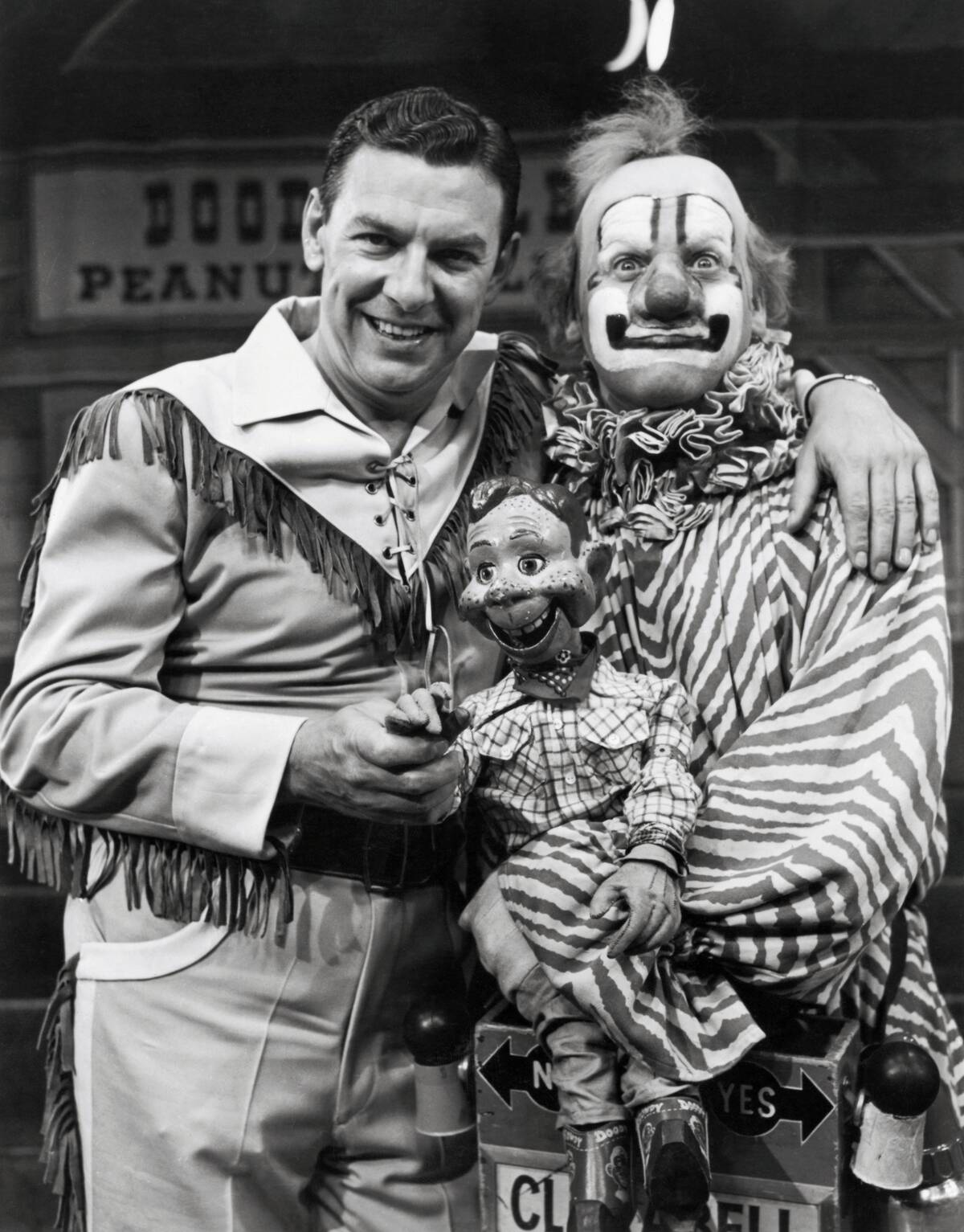
Children’s television emerged as a distinct genre, captivating young audiences with educational and entertaining content. Shows like “Howdy Doody” and “Mister Rogers’ Neighborhood” set the standard, combining fun with learning.
These programs recognized the potential of TV to influence and educate young minds positively, fostering creativity and curiosity. The legacy of early children’s TV endures, with modern programs continuing to engage and inspire the next generation.
The First TV Drama Series: A New Form of Storytelling

Television drama series offered a new form of storytelling, captivating audiences with serialized narratives. “The Lone Ranger” and “Dragnet” were among the pioneers, delivering weekly episodes that kept viewers eagerly tuning in.
These series demonstrated TV’s ability to weave complex stories over time, a format that has evolved into today’s binge-worthy dramas. The innovation of TV dramas transformed how stories were told, blending elements of film and theater into a unique medium.
Television and Sports: Bringing the Game Home
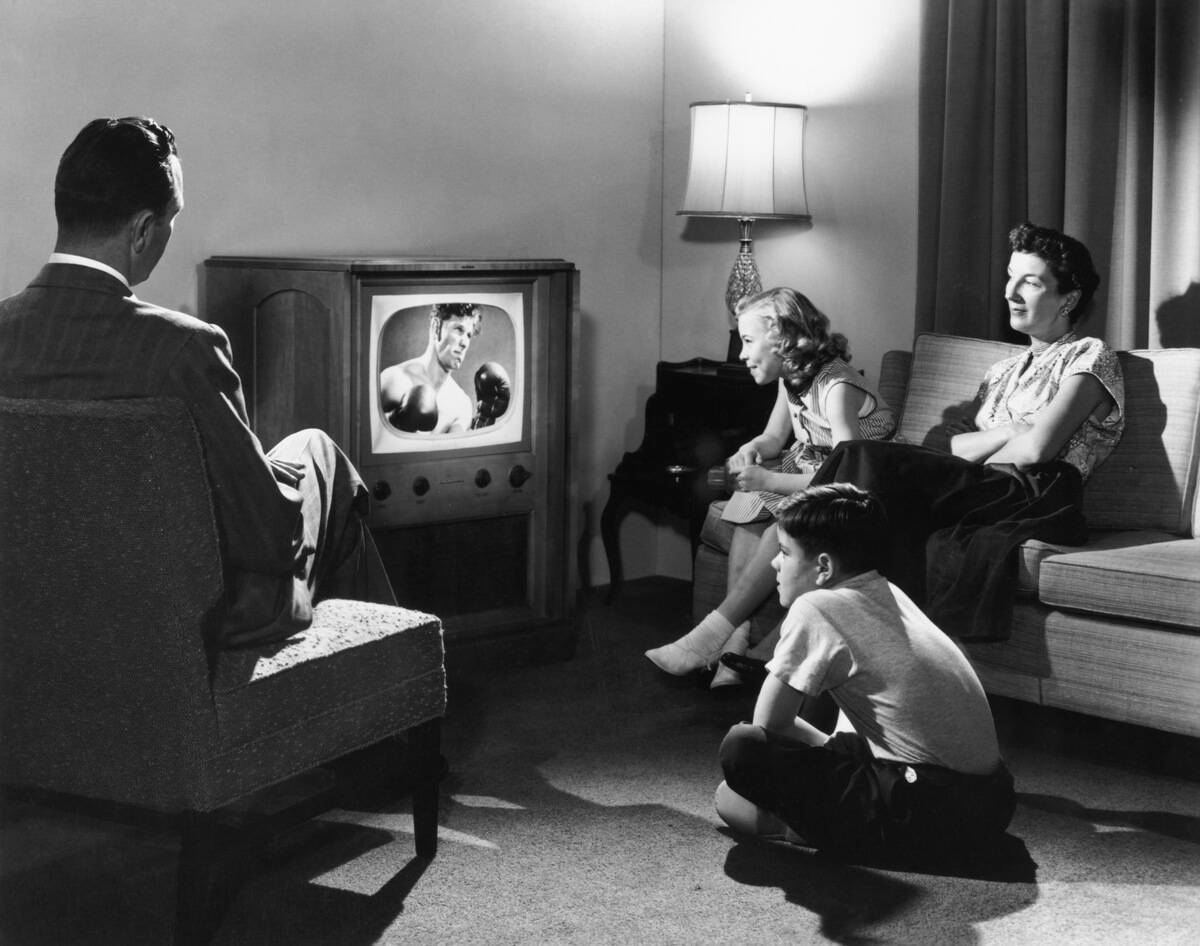
Television brought sports into the living room, allowing fans to experience the thrill of the game from home. The first televised sports event, a college baseball game in 1939, was a milestone that opened the door for future broadcasts.
Networks soon recognized the potential, airing major events like the Olympics and Super Bowl, which drew massive audiences. TV revolutionized sports fandom, providing unparalleled access to live action and fostering a global community of fans.
The Global Expansion: Television Beyond Borders
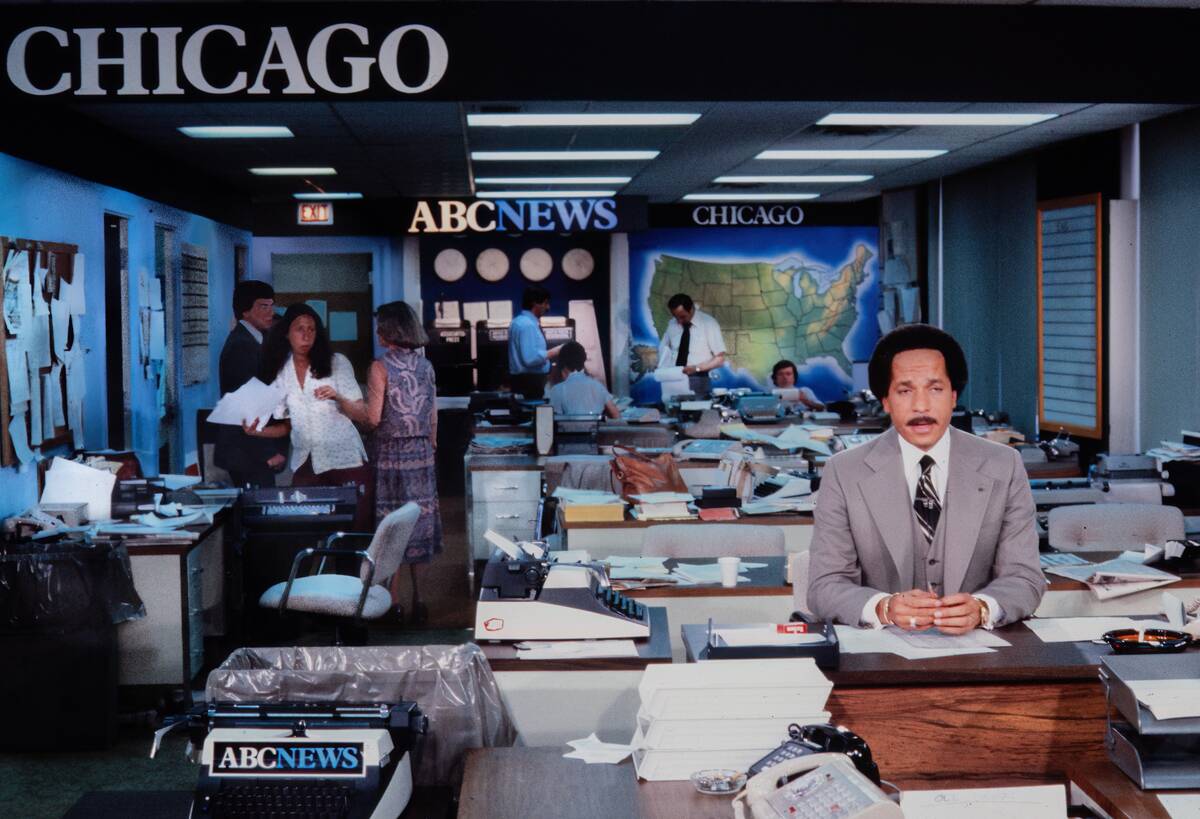
The global expansion of television broke down geographical barriers, connecting cultures and countries like never before. As TV technology spread worldwide, diverse programming became accessible to international audiences.
Shows from different countries introduced viewers to new languages, customs, and perspectives, promoting cross-cultural understanding. This global reach has made television a powerful tool for education and diplomacy, bridging gaps and fostering a more interconnected world.



